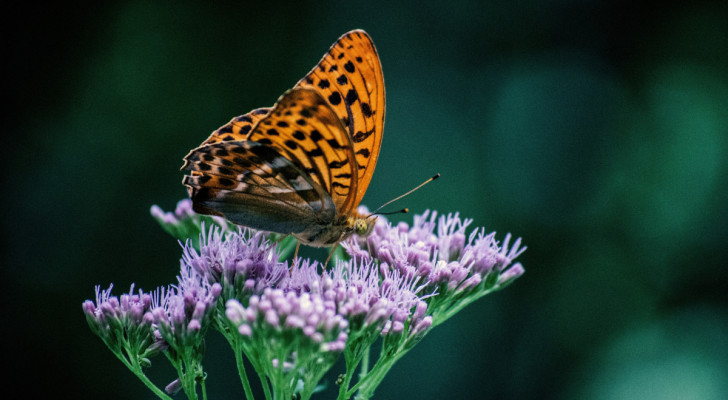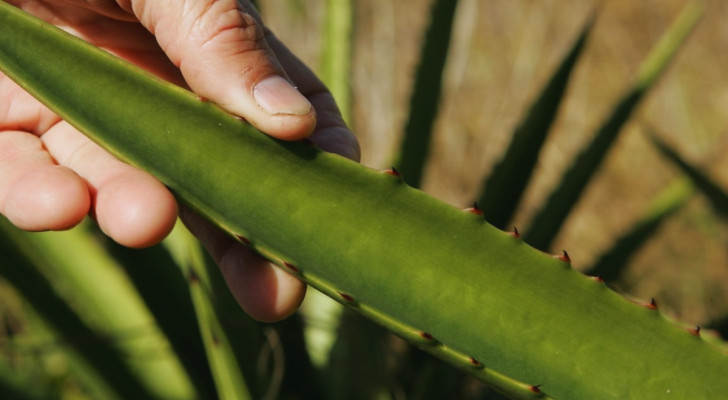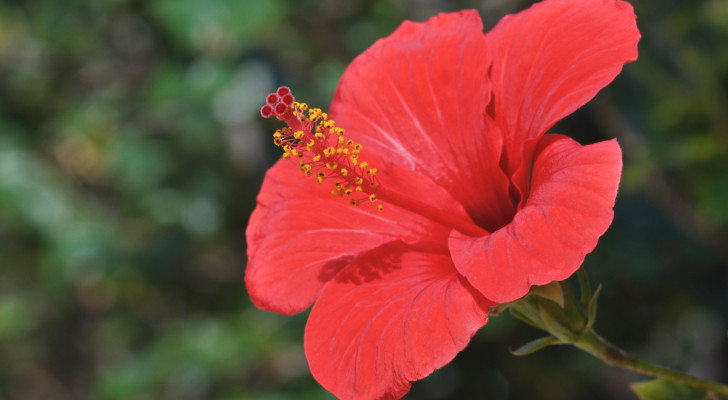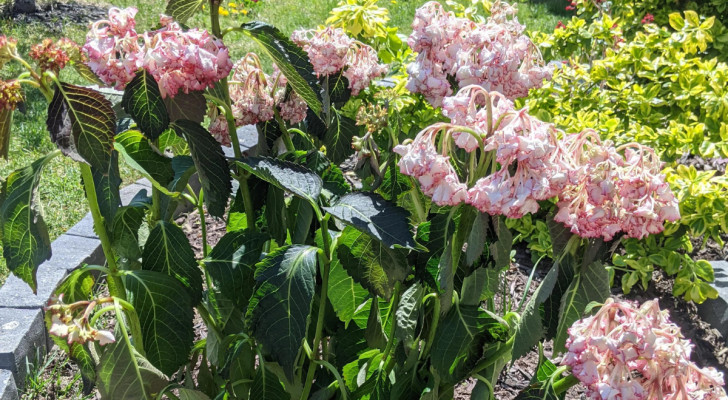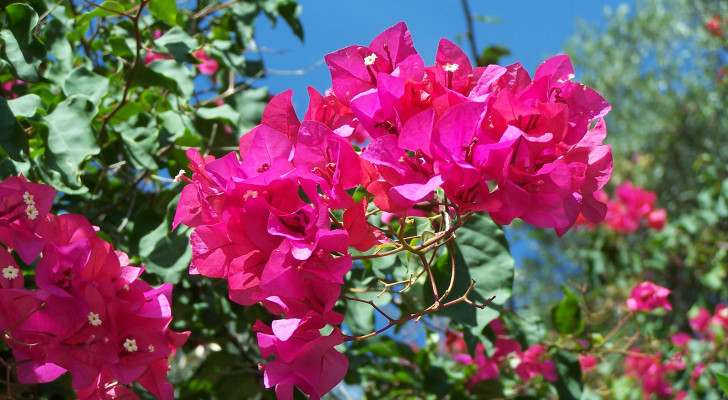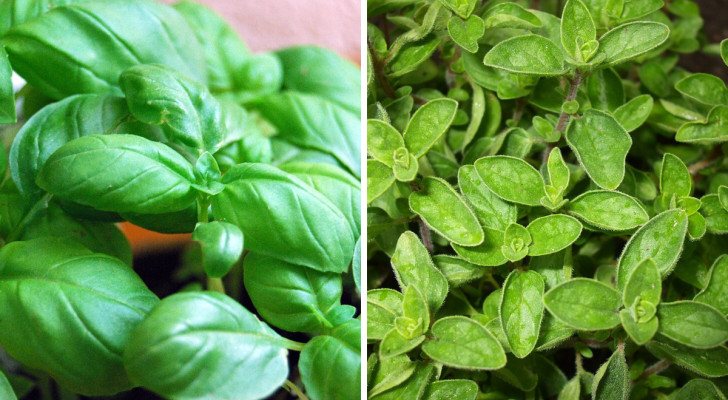Beautify your home with freesias: how and when to cultivate them
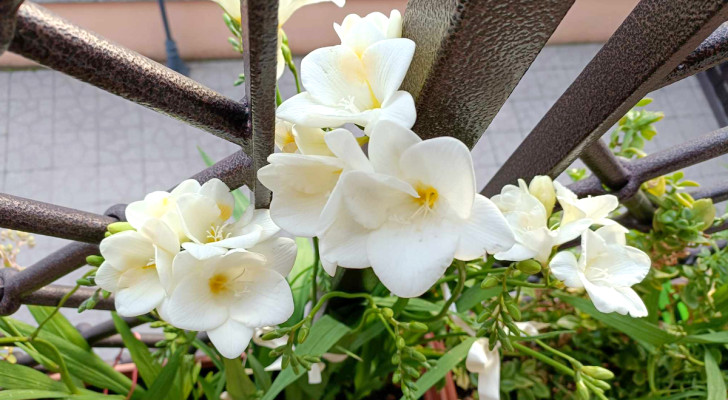
The freesia (belonging to the Iridaceae family) is a beautiful flower with a thin, long stem and a bell-shaped flower that grows in very thick clusters. Spectacular in its various, colorful shades - from red to purple, yellow, orange and more - the freesia is famous for the gentle and intense range of fragrances it gives off. Given this, it is not uncommon to find freesias used in vases, bouquets and other floral compositions and arrangements. However, once cut, a freesia is a very delicate and fragile flower. A freesia does best when it is in its natural habitat and the flowers are still attached to the plant.
Let's find out how best to cultivate this captivating plant:
When is it best to plant freesias?
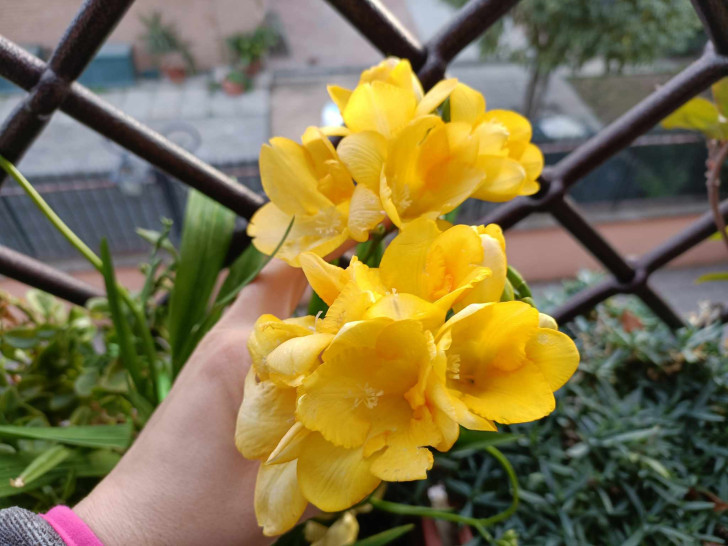
Creativo
Freesias love heat and humidity and cannot tolerate prolonged exposure to cold temperatures. At home, whether grown inside or outside, your freesias should be planted in a sunny spot. Freesias grow from bulbs and have a defined hiberation period, so it's important to plant the bulbs at the right time and location (see below).
- Warm, mild locations: The first thing to consider is the local climate. Plant the bulbs in locations where temperatures never get too cold during autumn. Doing so, the bulbs will get used to the soil and prepare themselves for growth. Planted in autumn, at the end of winter the bulbs will begin to grow.
- Cold climates: If local conditions are cold during autumn and winter, plant the bulbs in early spring. The difference of a few (higher) degrees will ensure the bulbs sprout.
Bulbs can be planted both indoors and outdoors

Needpix
Freesias can be grown both inside and outside of the home. Proceed as follows:
It is advisable to choose sufficiently large enough pots or stretches of ground that allow the bulbs to be buried 7 centimeters deep and at a distance of 10 centimeters from each other. This way, each bulb will have enough space and nutrients to grow. Once the last bulb has been planted, you can water them generously.
To ensure the roots do not rot, the soil must be well-draining and that you do not over-water your freesias. During winter, freesias need to be watered less frequently.
A few precautions...
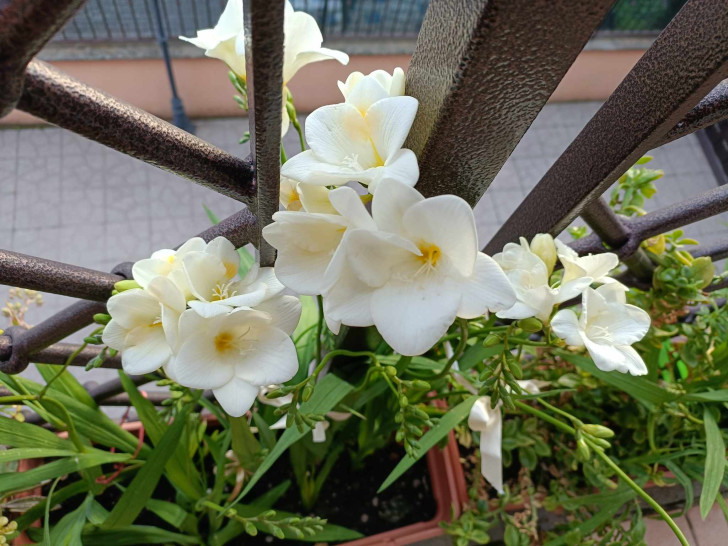
Creativo
Freesias do not need to be pruned - let the plant run its course and only remove the leaves when they start to turn yellow or dry out. Keep an eye on your freesias when they are blooming: their stems are very tall and thin and can break easily. Use some sticks and twine to give them the extra support they may need.
To recap:
- Plant the bulbs in autumn or spring, depending on the local climate, and not too close together;
- Water abundantly when planted and then let the plant sprout, taking care not let the bulb dry out or get water-logged;
- Place the bulbs (or the pot they're in) in sunny locations;
- Provide support for the stems once the plants are grown;
- Last, but not least, enjoy the splendor and perfume of your freesias!
Now you know how, how about trying your hand at growing a few freesias yourself?
